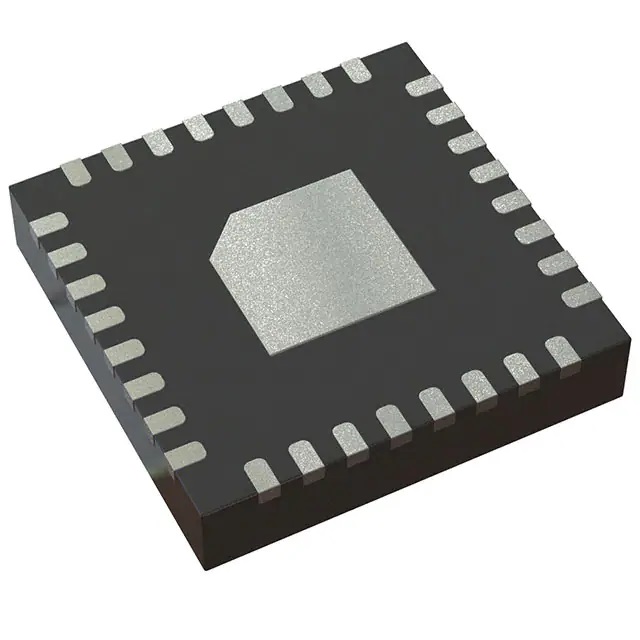TCAN1042VDRQ1 SOIC-8 Bom Service Electronic Components Supply IC
Product Attributes
| TYPE | DESCRIPTION |
| Category | Integrated Circuits (ICs) |
| Mfr | Texas Instruments |
| Series | Automotive, AEC-Q100 |
| Package | Tape & Reel (TR)
Cut Tape (CT) Digi-Reel® |
| SPQ | 2500T&R |
| Product Status | Active |
| Type | Transceiver |
| Protocol | CANbus |
| Number of Drivers/Receivers | 1/1 |
| Duplex | - |
| Data Rate | 5Mbps |
| Voltage - Supply | 4.5V ~ 5.5V |
| Operating Temperature | -55°C ~ 125°C |
| Mounting Type | Surface Mount |
| Package / Case | 8-SOIC (0.154", 3.90mm Width) |
| Supplier Device Package | 8-SOIC |
Internal chip structure
1.1 System level
The entire mobile phone, for example, is a complex circuit system that plays games, makes phone calls, listens to music, etc. Its internal structure is made up of several semiconductor chips as well as resistors, inductors, and capacitors connected, called the system level. (Of course, with the development of technology, the technology to make an entire system on a single chip has also been available for many years - SoC technology)
1.2 Module level
The whole system is divided into many functional modules each with its role. Some manage power, some are responsible for communication, some for display, some for sound, some for overall computing, and so on. We call this the module level. Each of these modules is a magnificent field, the fruit of countless human ingenuity.
1.3 Register Transfer Level (RTL)
Each module is exemplified by the digital circuit module (which is dedicated to performing logic operations and processing electrical signals that are all discrete zeros and ones), which accounts for a large proportion of the overall system. It is made up of registers and combinational logic circuits.
A register is a circuit structure capable of temporarily storing a logic value, and it requires a clock signal to control the length of time that the logic value is stored. In practice, a clock is needed to measure the duration of time and the circuit needs a clock signal to coordinate the arrangement. A clock signal is a rectangular wave with a stable period. In reality, one second is the basic time scale, and in a circuit, the rectangular wave oscillates for one cycle, which is the time scale of their world. The circuit components act accordingly to this time scale and fulfill their obligations.
Combinational logic is a combination of many "AND, OR, and NOT" logic gates.
A complex functional module is made up of many registers and combinational logic. This level is called the register transfer level.
1.4 Gate level
The registers in the register transfer stage are also made up of with or without logic, subdividing it into with, or without logic, you reach the gate stage (they are like a door that blocks/allows the entry and exit of electrical signals, hence the name).
1.5 Transistor level
Whether it is a digital or analog circuit, at the bottom of the hierarchy is the transistor level. All logic gates (and, or, non, with or without, non, different or, same or, etc.) are made up of individual transistors. Thus the integrated circuit is full of transistors and the wires that connect them, from the macroscopic to the microscopic, down to the lowest level.
The bipolar transistor (BJT) was more commonly used in the early days and was commonly known as a triode. It was connected to a resistor, a power supply, and a capacitor, which itself had the effect of amplifying the signal. Like a building block, it can be used to form a variety of circuits such as switches, voltage/current source circuits, the logic gate circuits mentioned above, filters, comparators, adders, and even integrators, to name but a few. Circuits built from BJTs are called TTL (Transistor-TransistorLogic) circuits.
But then came the metal-oxide-semiconductor field-effect transistor (MOSFET), which swept the IC field with its excellent electrical characteristics and ultra-low power consumption. Except for analogue circuits where BJTs still have a presence, all ICs are now made up of MOS tubes. It is also possible to build up thousands of circuits from it. It can also be used for basic circuit components such as resistors and capacitors by connecting them appropriately.
As mentioned above, in actual industrial production, the manufacture of a chip is a process of manufacturing thousands of transistors. But in reality, the order of the layers is reversed, starting from the lowest transistor and working upwards.
In other words, by following the sequence "transistor - chip - circuit board", we end up with the core component of an electronic product - the circuit board.














